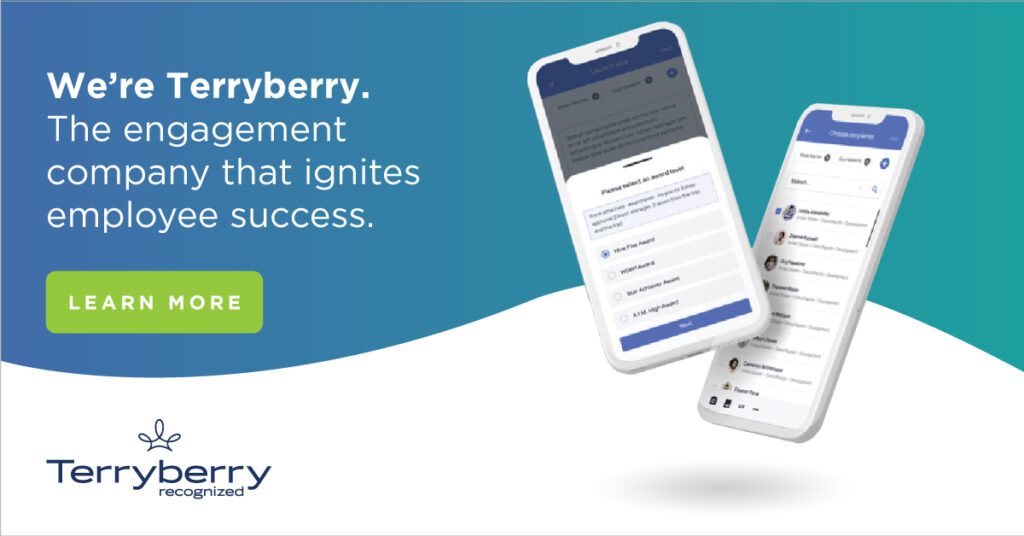May 9, 2023

Employee engagement and wellbeing should be of key importance to all employers navigating the post-pandemic work landscape. Successful teams of the future will include employees who feel valued, supported in their professional and personal lives, and dedicated to the organisation's mission.
Leaders have a great impact on these outcomes based on the type of work culture they create. In short, a leader who is tuned in can make a great deal of difference in the lives of his or her staff - a great thing for a company's employee retention and bottom line.
Below, we'll explore the growing evidence that wellbeing is intrinsically linked to employee engagement. We'll also discuss 5 ways that leaders can set the stage for happy, healthy staff.
What is Employee Wellbeing? What is Employee Engagement?
Let's start by understanding these two terms:
- Employee engagement refers to the level of emotional commitment that an employee has towards their work and organization.
- Employee wellbeing refers to an employee's physical, mental, and emotional health.
Research has shown that when employees are engaged in their work, they're more likely to experience positive emotions. They're also more likely to have higher job satisfaction and have better mental health.
Conversely, when employees are disengaged or have low job satisfaction, they're more likely to experience burnout, stress, and other negative mental health outcomes.
In a rather ominous report by Gallup, only 21% of employees are engaged at work. Furthermore, only 33% of employees are thriving in their overall well-being. Most would say that they don't find their work meaningful, don't think their lives are going well, or don't feel hopeful about their future. It's a daunting statistic, but an important one to keep in mind.
Times are hard for many people for a multitude of reasons. But one thing leaders can control is the way employees are encouraged, supported, and recognised for their hard work.
Let's explore 5 ways leaders can improve both employee engagement and wellbeing overall.
1. Provide opportunities for employee development and growth
Employees who feel that they have opportunities to grow within their organisation are more likely to be engaged and committed. Employers can provide opportunities for training, professional development, and career advancement to support employee growth.
When employees feel empowered to continue growing and learning, they feel valued. Expanding skills can lead to promotions, more involvement, a greater depth of knowledge, an increase in pay, and a deeper investment in the mission of the organisation.
2. Foster a positive workplace culture
Creating a positive workplace culture that values open communication, collaboration, and mutual respect can improve employee engagement and wellbeing. Employers can encourage teamwork, recognise employee contributions, and promote work-life balance to support a healthy and productive work environment.
The culture must extend company-wide for it to ring true. Everyone from executives to managers to entry-level employees should care and make positive company culture a priority as part of the overall employee experience. It's one thing to talk the talk, but if employees at all levels aren't "walking the walk," it's a hollow tactic.
3. Offer employee benefits, wellbeing, and perks
Wellbeing programs are becoming increasingly popular in corporate Britain. Of those companies that have implemented a Wellbeing program, 56% of employees participate, which has resulted in fewer sick days taken and higher job satisfaction.
Take care of employee wellbeing by also considering more annual leave or a shorter work week. In today's climate, many employees report a growing interest in more time off or even a 4-day work week, to help them make time for self-care, relaxation, or taking care of their health, home, or family.
4. Encourage employee feedback and participation
Employers can improve employee engagement and wellbeing by encouraging employee feedback and communication. This can be particularly effective in decision-making processes and during employee performance assessments. This can involve soliciting employee feedback through surveys, focus groups, and other feedback mechanisms, as well as involving employees in decision-making processes that affect their work and wellbeing.
This goes hand-in-hand with creating a positive workplace culture where employees feel comfortable sharing feedback and knowing that it will be received professionally and thoughtfully. Just be sure you have the capacity to actually make changes that are suggested, or communicate why they are not able to be accommodated. Without this action piece, companies risk losing trust among their employees.
5. Prioritise mental health support
Now more than ever, employers can support employee wellbeing by prioritising mental health. In a 2021 American Psychological Association survey, nearly 3 in 5 employees said they've experienced negative impacts of work-related stress. Yet, a vast majority (87%) of employees think actions from their employer would help their mental health.
Employers should be devoted to providing access to mental health resources to their teams. Counselling services, employee assistance programs, and mental health training for leaders can help to support employees who may be struggling with mental health issues - inside or outside of work. Talking openly about mental health within the confines of the workplace is becoming the norm, and is important for removing the stigma from those struggling to ask for help.
Uplevel Employee Well-being at Your Workplace With Terryberry
Employee engagement, health, and wellbeing will now and forever be an integral part of a positive workplace. Terryberry can help you take the steps to make employee wellbeing a priority at your office. We provide the following to boost wellbeing, employee engagement, and happiness at your business:
Feel free to schedule a demo with our team to learn more about how Terryberry can transform your employees' wellbeing.
